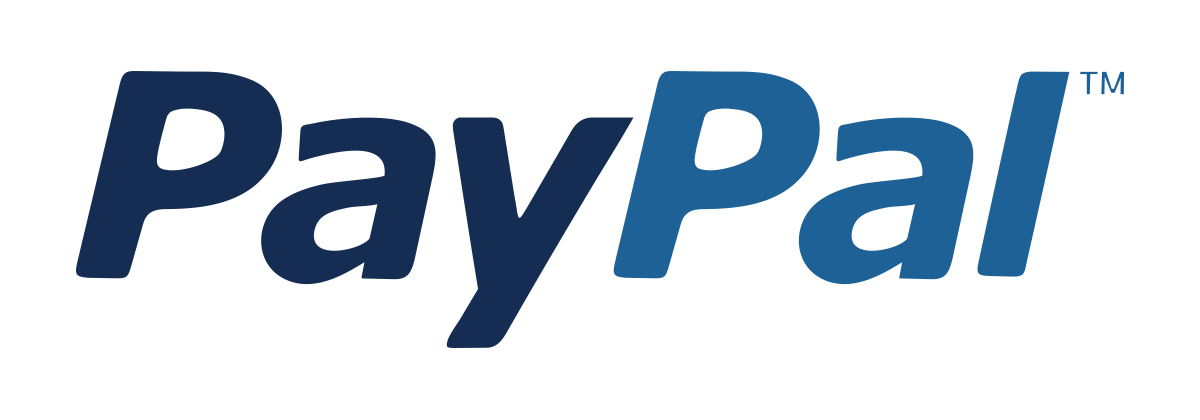Edge AI and TinyML
Build Intelligent Models That Run on Edge Devices with Minimal Power and Latency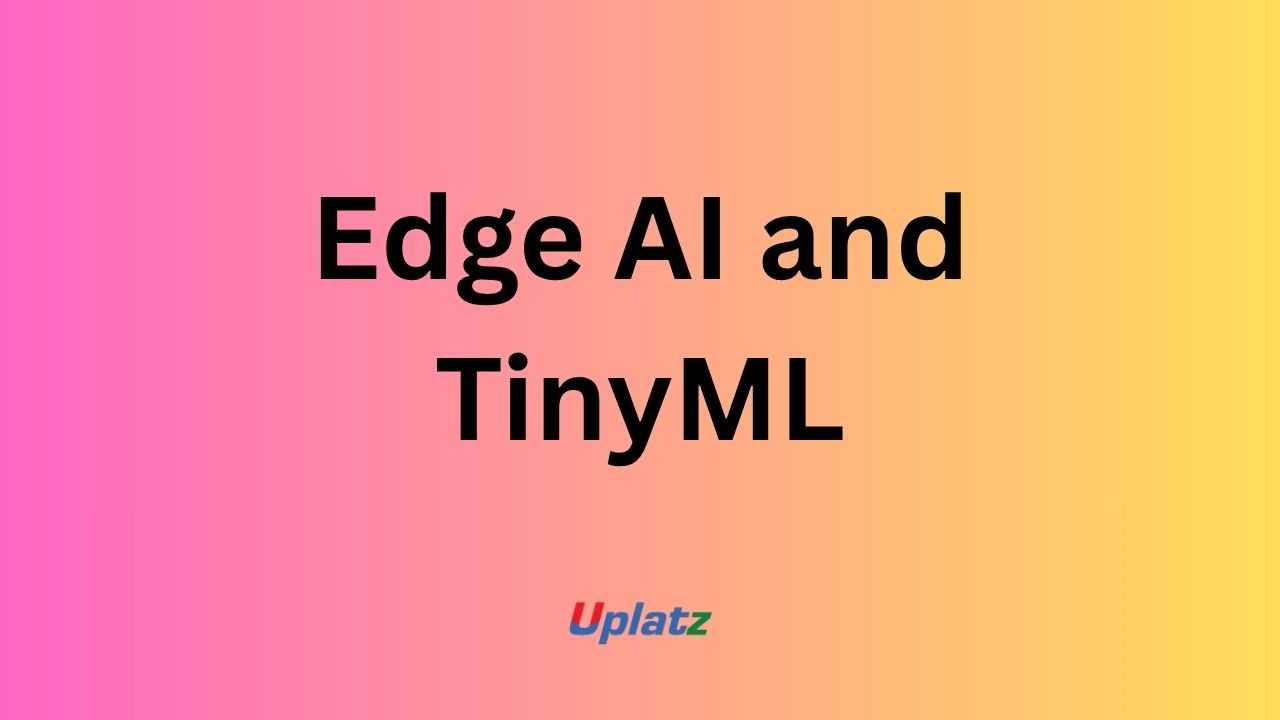 Price Match Guarantee
Full Lifetime Access
Access on any Device
Technical Support
Secure Checkout
Course Completion Certificate
Price Match Guarantee
Full Lifetime Access
Access on any Device
Technical Support
Secure Checkout
Course Completion Certificate
 96% Started a new career
BUY THIS COURSE (
96% Started a new career
BUY THIS COURSE (GBP 12 GBP 29 )-
 86% Got a pay increase and promotion
86% Got a pay increase and promotion
Students also bought -
-
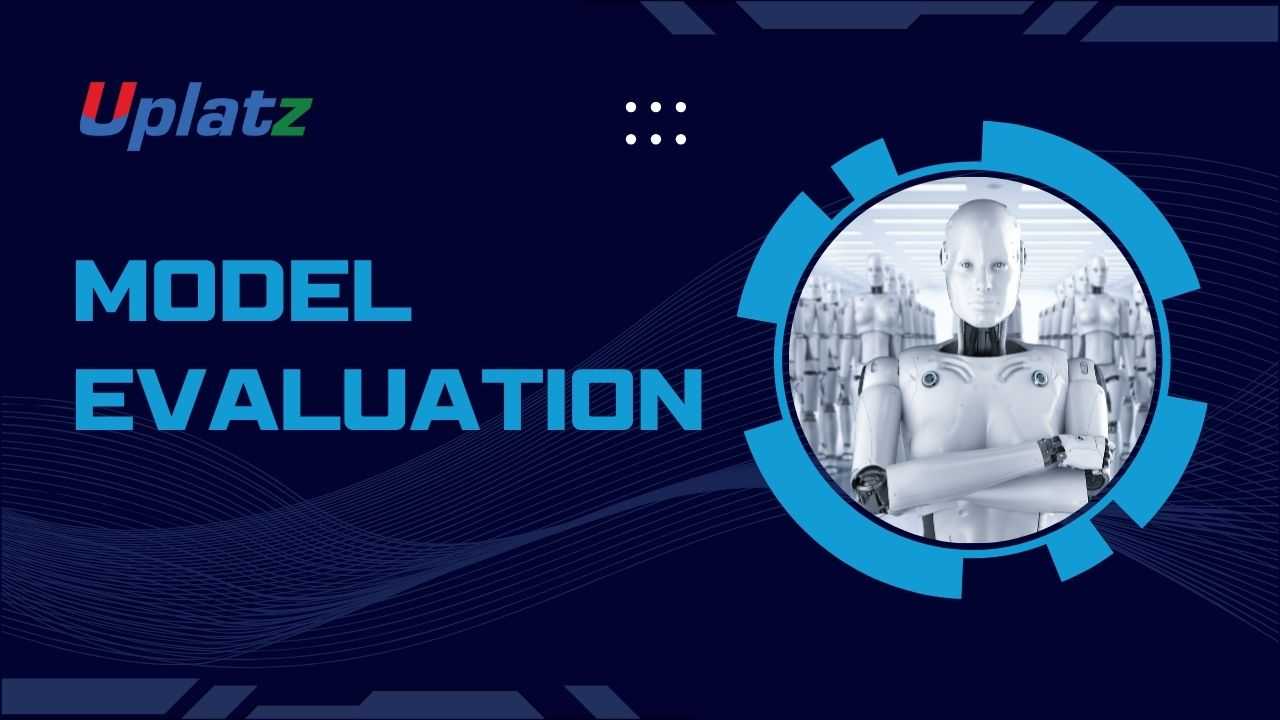
- Model Evaluation
- 10 Hours
- GBP 12
- 10 Learners
-
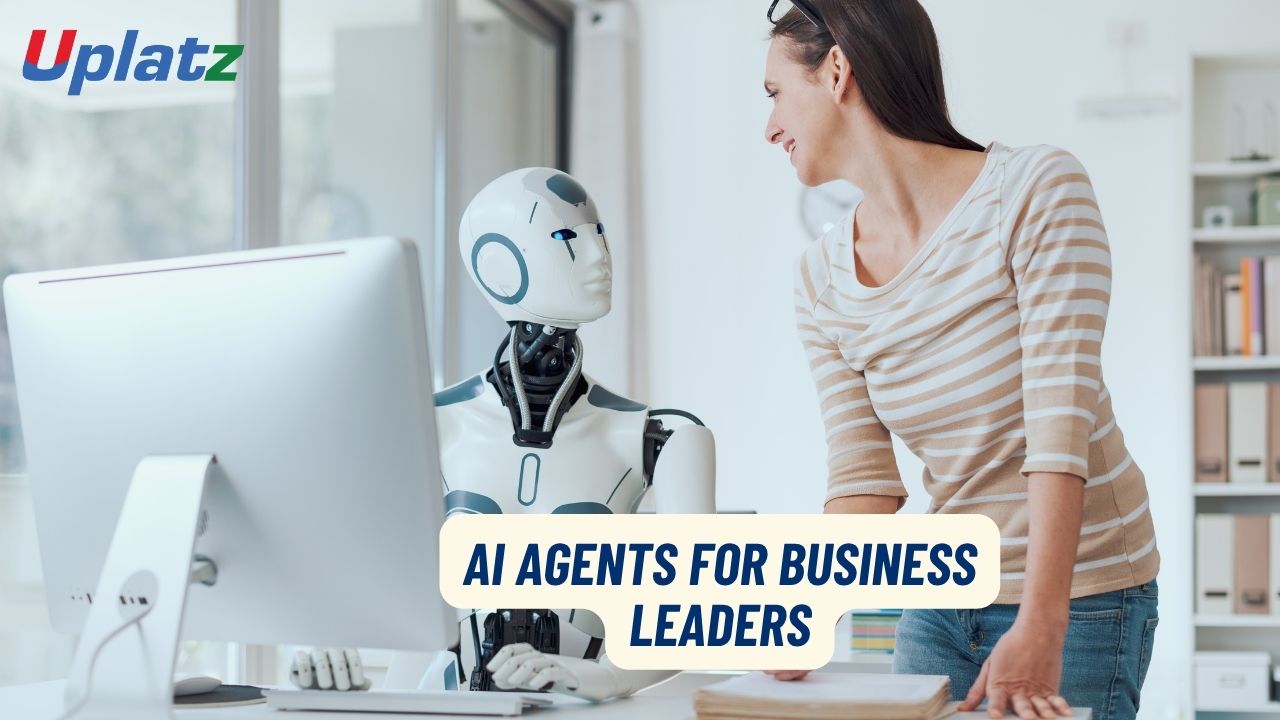
- AI Agents for Business Leaders
- 10 Hours
- GBP 12
- 10 Learners
-
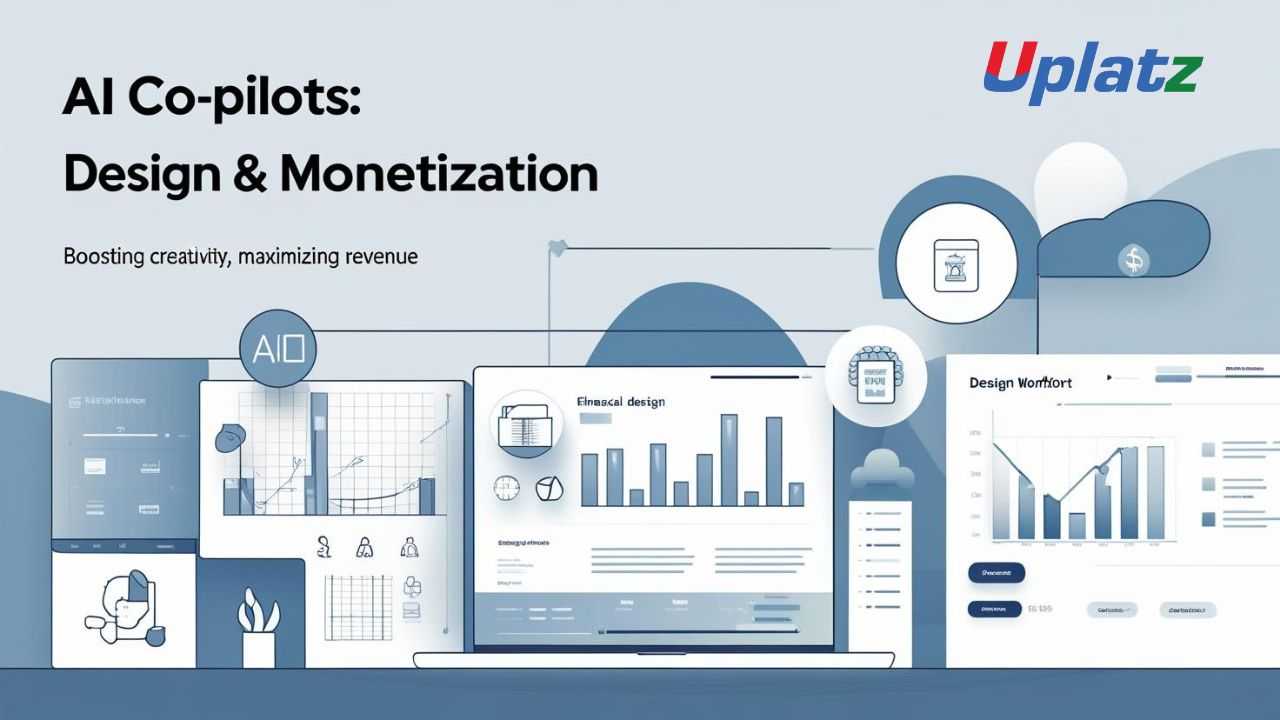
- AI Co-Pilots: Design and Monetization
- 10 Hours
- GBP 12
- 10 Learners
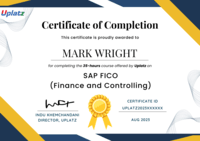
As artificial intelligence moves beyond cloud servers and into the physical world, Edge AI and TinyML have emerged as two of the most transformative technologies of the decade. Instead of relying on remote data centers, AI models can now run directly on smartphones, microcontrollers, sensors, cameras, wearables, drones, and industrial IoT devices — enabling real-time decision-making with high efficiency, privacy, and ultra-low latency.
The Edge AI & TinyML course by Uplatz provides deep, hands-on training for engineers, AI practitioners, and IoT developers who want to design, optimize, and deploy machine learning models on edge devices. The course covers lightweight neural network architectures, hardware-aware optimization, power-efficient deployment, and industry applications across healthcare, automotive, agriculture, robotics, industrial automation, and smart city infrastructure.
Whether you’re building gesture recognition on an Arduino, real-time video analytics on a Raspberry Pi, or anomaly detection in factory sensors, this course equips you with the skills needed to run AI everywhere — even on devices with less than 100 KB of memory.
🔍 What is Edge AI & TinyML?
Edge AI refers to running AI computations directly on local devices instead of sending data to cloud servers. This enables instantaneous inference, improved privacy, and reduced bandwidth usage — critical for applications that need on-device intelligence.
TinyML (Tiny Machine Learning) is the field dedicated to running ML models on microcontrollers and ultra-low-power embedded systems. TinyML models operate on devices that often consume less than a milliwatt of power, making them ideal for long-lasting battery-powered or energy-harvesting sensors.
Together, Edge AI and TinyML unlock powerful real-world capabilities:
-
Real-time intelligence without internet dependency
-
Ultra-low power consumption
-
High-speed response for safety-critical use cases
-
Private and secure data processing directly on device
-
Cost-effective deployment at massive scale
This course covers the engineering principles behind model compression, quantization, efficient architectures, on-device optimization, and the hardware–software ecosystem powering AI at the edge.
⚙️ How Edge AI & TinyML Work in Practice
This course provides a complete roadmap for designing and deploying AI models optimized for low-resource hardware. You will learn:
-
Foundations of Edge Computing
-
On-device vs. cloud vs. hybrid AI
-
Latency, bandwidth, and energy constraints
-
Edge architectures and key hardware components
-
-
TinyML Fundamentals
-
Microcontroller constraints (memory, CPU cycles, power budgets)
-
Designing models that fit into 16–256 KB RAM
-
Data collection for embedded applications
-
-
Lightweight Model Design
-
Efficient CNNs, MobileNet, SqueezeNet, Edge-optimized architectures
-
RNN and TFLM-compatible audio/event models
-
Feature extraction for low-resource AI
-
-
Model Compression & Optimization
-
Post-training quantization (8-bit, 4-bit)
-
Pruning, clustering, and knowledge distillation
-
Hardware-aware neural architecture search
-
-
Tools & Frameworks
-
TensorFlow Lite (TFLite & TFLite Micro)
-
PyTorch Mobile
-
Edge Impulse
-
ONNX Runtime for mobile and embedded platforms
-
-
Hardware Deployment
-
Raspberry Pi, Nvidia Jetson Nano, Arduino Nano 33 BLE Sense
-
ARM Cortex-M microcontrollers
-
ESP32, STM32, and IoT sensor boards
-
-
Real-World Use Cases & Prototypes
-
Audio keyword detection
-
Gesture recognition
-
Anomaly detection in motors and machinery
-
Environmental monitoring
-
Edge video analytics
-
You will explore the full pipeline from model design to deployment, learning powerful optimizations that allow AI to run even on severely constrained devices.
🏭 Industry Applications of Edge AI & TinyML
Edge AI and TinyML are now powering critical operations across major industries:
-
Healthcare: Wearable health monitoring, fall detection, smart diagnostics
-
Automotive: Driver assistance, in-vehicle gesture control, edge vision analytics
-
Smart Cities: Traffic monitoring, environmental sensors, smart lighting systems
-
Manufacturing: Predictive maintenance, vibration analysis, safety monitoring
-
Agriculture: Soil sensors, crop monitoring, pest detection
-
Retail: Smart checkout, consumer behavior analytics
-
Robotics & Drones: Onboard navigation, obstacle avoidance, real-time perception
-
Home Automation: Voice control, appliance monitoring, energy optimization
Companies like Apple, Google, Bosch, Intel, STMicroelectronics, ARM, and Meta are heavily investing in edge computing and TinyML — creating new career pathways in embedded AI engineering.
🌟 Benefits of Learning Edge AI & TinyML
Gaining expertise in Edge AI and TinyML offers multiple advantages:
-
High Industry Demand: IoT and AI convergence requires skilled engineers who understand both ML and embedded systems.
-
Cutting-Edge Innovation: Learn to build AI that operates independently — without cloud dependency.
-
Cross-Disciplinary Skills: Combines machine learning, embedded programming, and hardware optimization.
-
Low Deployment Costs: Deploy AI at scale using affordable microcontrollers.
-
Privacy & Security: On-device inference protects user data and reduces compliance risks.
-
Career Growth: Opens roles in edge computing, IoT development, robotics, smart hardware, and industrial automation.
-
Hands-On Engineering: The course teaches real deployment on physical devices, not just theory.
Edge AI and TinyML skills are essential for engineers building the next generation of intelligent devices.
📘 What You’ll Learn in This Course
This course provides a complete end-to-end understanding of on-device machine learning:
-
Foundations of edge computing and TinyML
-
Hardware fundamentals of microcontrollers and embedded processors
-
Neural network design for small-footprint devices
-
Model compression, pruning, and quantization
-
TensorFlow Lite and TFLite Micro pipelines
-
Implementing PyTorch models on mobile devices
-
Data preprocessing for audio, motion, and sensor signals
-
Deploying models on Raspberry Pi, Arduino, ARM Cortex-M
-
Real-time inference on edge hardware
-
Optimizing latency, memory, and energy consumption
-
Edge Impulse workflows for no-code/low-code ML deployment
-
Debugging and performance profiling of edge models
-
Evaluating accuracy vs. power trade-offs
-
Building IoT-AI end-to-end applications
You will finish the course with deployable prototypes and a strong understanding of hardware-aware machine learning.
🧠 How to Use This Course Effectively
To maximize your learning:
-
Start with Foundational Modules: Understand edge computing architecture and hardware constraints.
-
Install Required Tools: Set up TensorFlow Lite, Edge Impulse, and Arduino IDE.
-
Follow Hands-On Labs: Build small models and deploy them incrementally on real devices.
-
Experiment with Compression: Apply pruning, quantization, and model shrinking techniques.
-
Deploy on Hardware: Test models on the Raspberry Pi or Arduino Nano BLE.
-
Analyze Performance Metrics: Measure inference latency, memory footprint, and battery usage.
-
Implement Real Projects: Try gesture detection, keyword spotting, or anomaly detection.
-
Complete the Capstone Project: Build and deploy a complete TinyML-powered IoT application.
This practical, project-driven approach ensures strong real-world competence.
👩💻 Who Should Take This Course
This course is ideal for:
-
IoT Developers
-
Embedded Systems Engineers
-
Machine Learning Engineers
-
Robotics & Automation Engineers
-
Mobile Developers
-
Smart Device Engineers
-
Students and early-career professionals entering AI + hardware fields
-
Anyone who wants to deploy AI on microcontrollers and IoT devices
No advanced ML experience is required — the course builds from foundational concepts.
🧩 Course Format & Certification
The course includes:
-
HD video lectures
-
Hands-on device deployment labs
-
Downloadable code templates
-
Practical exercises on Raspberry Pi & Arduino
-
Quizzes & assessments
-
Real-world capstone project
-
Lifetime access
-
Uplatz Completion Certificate
You’ll complete the course with a prototype-grade smart edge AI system.
🚀 Why This Course Stands Out
-
Hands-on deployment on real hardware
-
Covers both TinyML and edge AI architectures
-
Includes model optimization, quantization, and hardware-aware design
-
Strong focus on real-world IoT applications
-
Uses popular tools: TensorFlow Lite, PyTorch Mobile, Edge Impulse
-
Beginner-friendly but deep enough for advanced engineers
-
Industry-aligned curriculum with practical use cases
This course combines the power of machine learning with the efficiency of embedded systems — preparing you for the future of intelligent devices.
🌐 Final Takeaway
As AI continues to move into the physical world, the ability to run machine learning models on-device will define the next generation of applications — from smart watches and drones to industrial sensors and autonomous systems.
The Edge AI & TinyML course by Uplatz empowers you to design and deploy lightweight models that operate with minimal power, zero cloud dependency, and real-time intelligence. With a mix of theoretical depth and hardware-based practical training, this course equips you to innovate in IoT, robotics, smart devices, and embedded AI solutions.
Start learning today and become a developer of intelligent systems that run anywhere.
-
Understand the fundamentals of Edge AI and TinyML.
-
Learn edge hardware architectures and compute constraints.
-
Implement model quantization and pruning techniques.
-
Build lightweight deep-learning models for IoT devices.
-
Use frameworks like TensorFlow Lite and PyTorch Mobile.
-
Deploy neural networks on microcontrollers and edge boards.
-
Optimize inference performance and energy efficiency.
-
Integrate Edge AI with sensor data and IoT applications.
-
Monitor and update deployed models remotely.
-
Prepare for Edge AI developer or embedded-AI engineering roles.
Course Syllabus
Module 1: Introduction to Edge AI and TinyML Concepts
Module 2: Edge AI Hardware – Microcontrollers and Edge Chips
Module 3: Neural Network Design for Constrained Devices
Module 4: Model Compression – Pruning, Quantization, Distillation
Module 5: TensorFlow Lite and PyTorch Mobile Frameworks
Module 6: Data Collection and Pre-processing for Edge AI
Module 7: Edge Deployment – Raspberry Pi, Arduino, and ESP32
Module 8: Real-Time Inference and Latency Optimization
Module 9: Edge AI Security and Privacy Considerations
Module 10: Capstone Project – End-to-End TinyML Application
Upon successful completion, learners will receive a Certificate of Completion from Uplatz, validating their expertise in Edge AI and TinyML. This Uplatz certification demonstrates your ability to design and deploy AI solutions on embedded and low-power devices, a critical skill in modern AI engineering.
The course content aligns with the TinyML Foundation Learning Path, preparing learners for industry-recognized credentials in embedded intelligence. This certification is ideal for data scientists, embedded developers, and AI engineers seeking to specialize in on-device ML, where performance and efficiency matter most.
Your certificate will confirm proficiency in deploying, optimizing, and maintaining AI models across diverse edge computing environments — from industrial IoT sensors to consumer devices.
With the rapid expansion of IoT and smart device networks, Edge AI and TinyML skills are in extremely high demand. By completing this course with Uplatz, you can pursue roles such as:
-
Embedded AI Engineer
-
TinyML Developer
-
Edge Computing Architect
-
IoT AI Specialist
-
AI Firmware Developer
Professionals in this domain earn between $95 000 and $170 000 per year, depending on expertise and industry.
Career opportunities exist in smart manufacturing, autonomous systems, healthcare devices, robotics, and edge analytics companies. Edge AI engineers are essential to bridging the gap between intelligent algorithms and physical hardware — enabling faster, more private, and more sustainable AI deployments.
This course gives you the technical foundation to innovate at the intersection of AI and IoT, powering the next generation of connected, intelligent devices.
-
What is Edge AI?
Running AI models directly on local devices instead of cloud servers for low latency and higher privacy. -
What is TinyML?
Deploying machine-learning models on ultra-low-power microcontrollers. -
Why is quantization used in Edge AI?
It reduces model size and computational cost with minimal accuracy loss. -
What are the main frameworks for Edge AI development?
TensorFlow Lite, PyTorch Mobile, and Edge Impulse. -
What is the difference between Edge AI and Cloud AI?
Edge AI processes data locally; Cloud AI relies on remote servers. -
What is model pruning?
Removing unnecessary parameters from a neural network to reduce complexity. -
How is power consumption optimized in Edge AI?
Through lightweight models, quantization, and hardware-aware design. -
What are the limitations of TinyML?
Restricted memory, compute power, and lack of floating-point operations. -
Which hardware is commonly used for TinyML?
Raspberry Pi, Arduino Nano 33 BLE Sense, and ARM Cortex-M series. -
Why is Edge AI important for IoT applications?
It enables real-time processing, reduces bandwidth use, and enhances data privacy.







